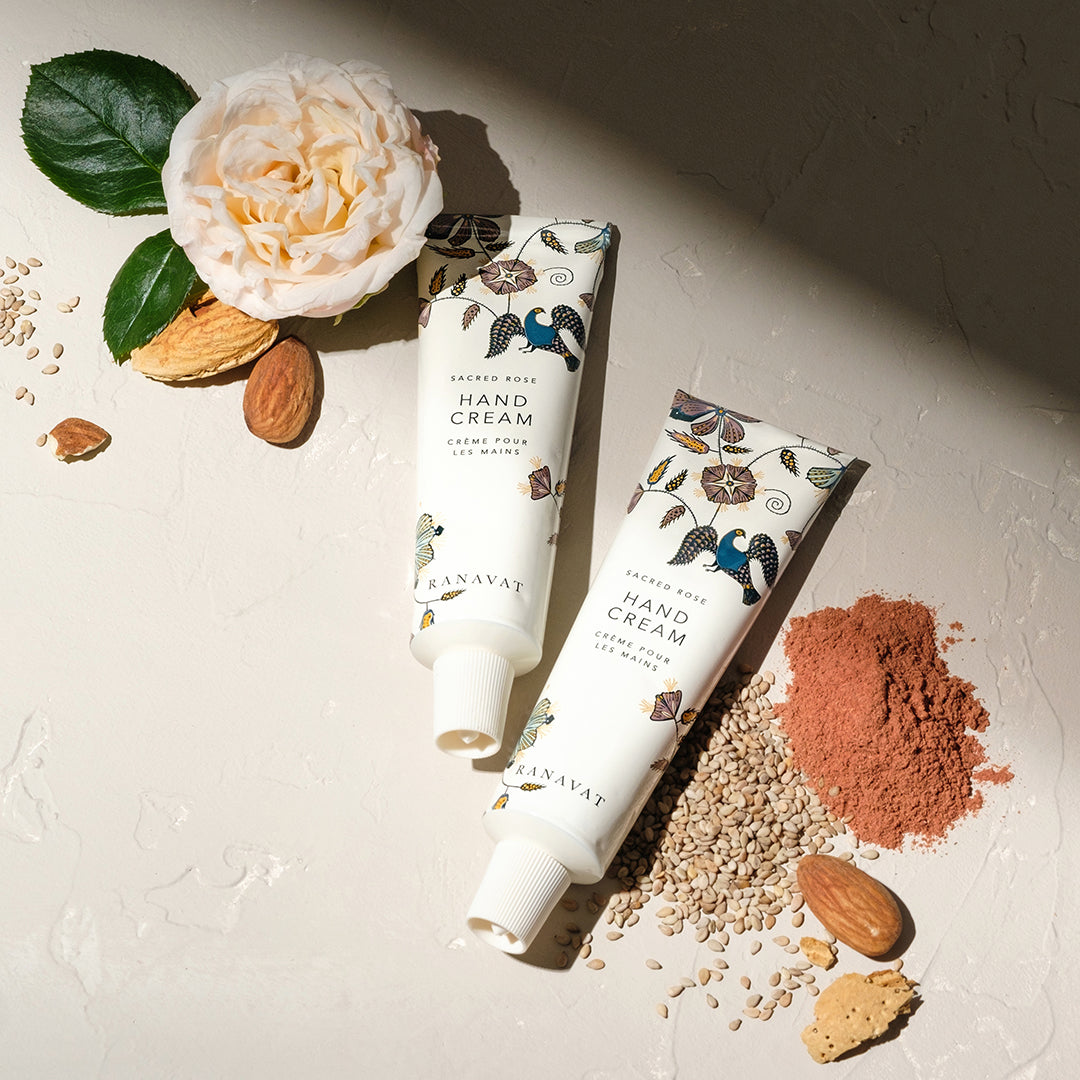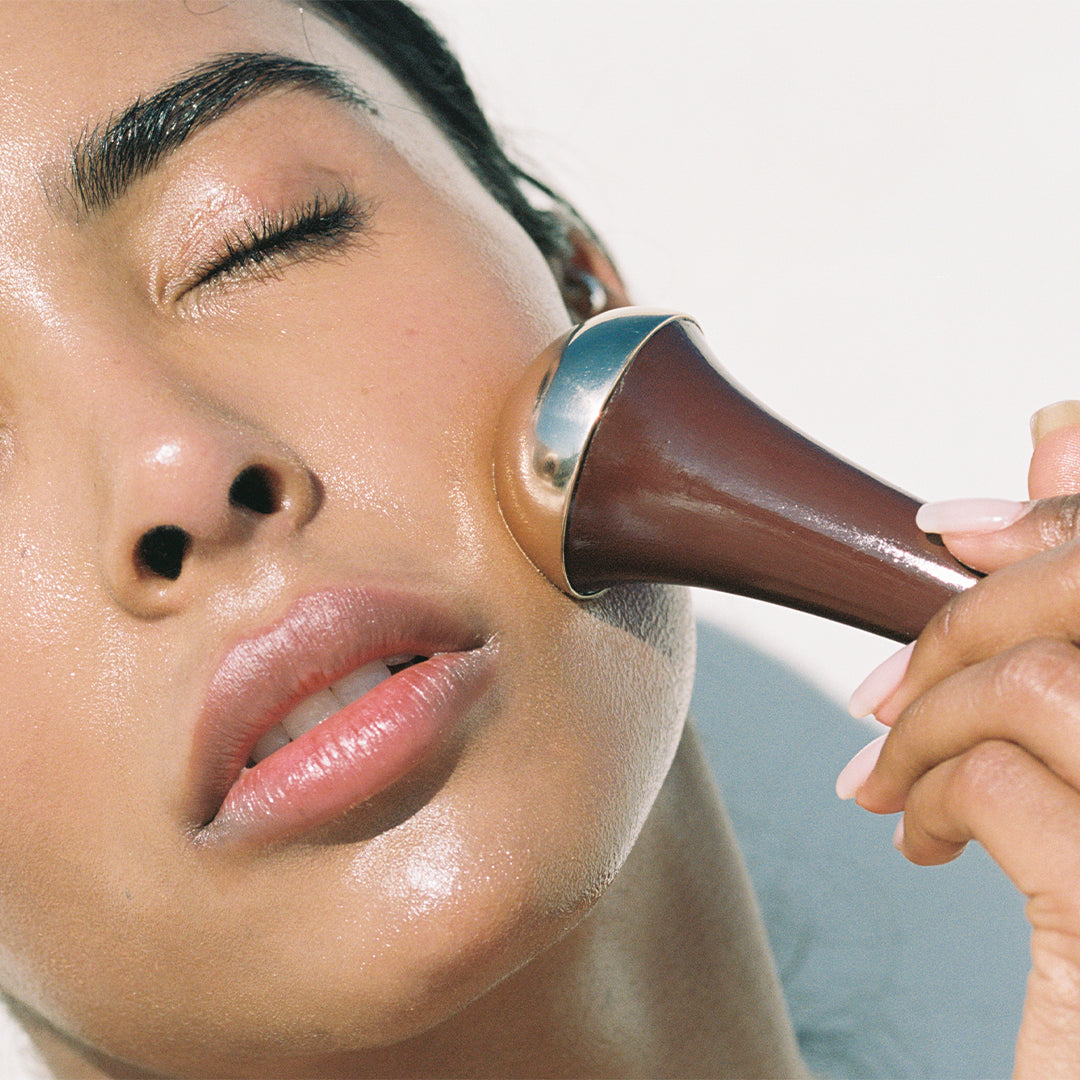How To Balance The Three Doshas
A guide to the three Ayurvedic doshas and how to balance them
What are doshas?
According to Ayurvedic philosophy, the universal life force manifests as three different energies, or doshas, known as vatta, pitta and kapha. The Tridoshas, as they are collectively called, play an important role in our functioning and behavior, and we are all made up of a unique combination of these three forces. This unique combination is determined at the moment of conception, and is our own personal blueprint or prakriti (nature). Each dosha has a number of corresponding qualities that are expressed in the physical, emotional and mental aspects of one’s being. All of us have some aspects of each dosha, but one or two doshas tend to dominate.
A proper balance of the doshas is essential for overall physical and mental health. Imbalances can be detrimental to our overall well-being and are treated with opposites—cold is treated with heat, dry with wet, lightness with heaviness, and so on. As we grow up and go through life, the proportion of each dosha constantly fluctuates. It depends on multiple factors such as our current environment, age, food intake, and more. To understand the theory of the doshas, it is necessary to first be acquainted with the concept of the “Panchamahabhutas”. This concept refers to the five great elements namely, Akasa (space), Vayu (air), Agni (fire), Jala (water) and Prithvi (earth). The Tridoshas are composed of these five elements. For each dosha, one of the five is more prominent while the others are relatively less prominent, but all five are essential elements to sustain life. The Vatta dosha is composed of Akasa (space) and Vayu (air) Mahabhutas. Pitta dosha is composed of Tejas or Agni (fire) and Jala (water) Mahabhutas. Kapha dosha is composed of Jala (water) and Prithvi (earth) Mahabhutas.
Each dosha gives certain characteristic qualities to the person, based on which, an individual can be classified as belonging to that particular dosha type. The Charaka and Sushruta (Ayurvedic texts) recognize seven types or categories into which people can be classified, depending on the dominance of the doshas in their body. We can identify which dosha is dominant in our body by studying the properties of each of the three doshas and then applying these learnings to ourselves.
Vatta dosha
An energetic dosha associated with flexibility and creativity, vatta doshas tend to have bodies that are slim, slender and small. They are impulsive, physically and mentally active, enjoy creative endeavours, meeting new people and travelling to new places. Spring and fall are the vatta seasons, characterized by dryness, mobility, lightness, and coolness. When imbalanced, this type experiences cold hands and feet, constipation, dry skin, cracking joints, insomnia, anxiety, and racing thoughts. The influence of the air element in their constitution causes their energy, mood and appetite to fluctuate dramatically. When in balance, this type is intuitive, expressive, clear thinking and creative.
How to balance the vatta dosha
Vatta is considered to be cold, light, dry, subtle, flowing, changeable, irregular, rough, and clear. Therefore, excess vatta requires warmth, moisture, grounding, calmness and stability. From an approach that includes all five senses, this means warm colors and aromas, soothing music, hot and nutritionally-dense foods, grounding activities such as yoga and meditation and soothing body treatments that help restore equilibrium. Ahara or proper diet is an important factor in balancing the doshas. In order to calm the constant anxiety, restlessness and overactivity that characterizes this type, it is vital to choose grounding foods such as sweet potatoes, moist, warming grains and soups, organic oils and ghee and natural, high-quality sweeteners (i.e., maple syrup or raw honey). Integrating warming and carminative (gas-relieving) spices such as cinnamon, cumin, ginger, salt, cloves, mustard seed, black pepper, cardamom and basil into the diet is also recommended. Juicy fruits and vegetables, heavy fruits (such as avocados and bananas), risotto and sweet and sour veggies aall help pacify vatta. It is best to refrain from dry, raw and undercooked foods. All meals should be consumed at the same time daily.
Maintaining a proper sleep schedule with eight hours of restful sleep and waking up by sunrise is a healthy practice for this dosha. Any practice that promotes stability and grounding is helpful. A daily self-massage with warm sesame oil, paying extra attention to the feet, is recommended. It is best to avoid overstimulation and take time daily for reflection, stillness and introspection. Abhyanga and Shirodhara Ayurvedic massages are recommended as they are deeply relaxing and help those suffering from an imbalance reach a calming and tranquil state of mind.
Pitta dosha
Dominated by the fire element, those with the dominant pitta dosha are innately strong and intense with a medium build and height. They often have freckled and sensitive skin. Their hair is fine, thin and often have a lighter tinge with auburn and gold undertones. Fiery pitta types are distinguished by being quick on the uptake and by their powerful intellect and ambition. This dosha controls the endocrine, metabolic and digestive systems and as such they have strong digestion and intense appetites, both for food and challenges. When it’s in balance, one tends to be joyful, friendly, and energetic. Digestion is strong, metabolism is efficient and the mind is clear and focused. An imbalance in pitta can lead to anger, overexertion and burnout, skin irritation and rashes, irritability and impatience.
How to balance pitta dosha
It is best to avoid anything hot, spicy, or fermented, and gravitate towards more cooling foods—especially in the summer months. A few pitta-pacifying foods and beverages include fresh green vegetables, basmati rice, coconut water, sweet apples, ripe bananas, watermelon, cucumbers, cilantro, coriander, mint etc. Cooling spices like fennel, coriander, cardamom and turmeric should be incorporated into the diet.
Simple yogic breathing techniques that are safe and effective for cooling down excess pitta dosha such as Sheetalior Sitkari pranayama are recommended. Indulging in Ayurvedic massage therapies such as Garshana and Marmahelp return the body to balance and keep pitta’s transformational fires under control by targeting specific points with cooling essential oils.
Kapha dosha
Kapha is associated with earth and water. It is a stabilizing energy thought to supply water to the body and maintain the immune system. Those with dominant kapha dosha tend to have a pale complexion, oily skin, large, dark eyes, thick, lustrous hair, round features and a strong, solid frame. The influence of the earth and water elements makes them innately stable with good stamina, regular digestion and a tranquil personality. Kapha energy is heavy, cold, moist and dense by nature, and it requires stimulation to stay mobile and balanced. An imbalance leads to laziness, procrastination, weight gain, slow digestion, lethargy, difficulty in waking up and depression. They may experience food cravings and may be prone to sinus and respiratory problems.
How to balance kapha dosha
Foods that aggravate the kapha include fruits such as avocados, bananas, watermelons, refined sugars, butter, oats and sweet beverages. Oily, heavy foods and dense carbs should be avoided. Grains such as barley, buckwheat and rye are recommended as are light, dry fruits, such as apples and cranberries. Among beverages, black tea and kombucha are excellent. Sweeteners such as raw honey and stevia are recommended instead of sugar. Foods that are great for the balancing of kapha are pungent, bitter, and astringent in taste. Ayurveda considers these tastes to be the medicine for warming, drying, and stimulating the digestion for kapha.
Mindful activities such as asana or pranayama before meditation are urged. Detoxifying and rhythmic massages such as Swedana and Garshana are recommended. Exfoliating lymphatic massage using a paste made from oil, powders, and finely ground herbs known as Udvartana is also often recommended for issues of slow metabolism and obesity. The best treatments for kaphas are warming, stimulating, purifying and not too heavy in oil.
Image by rawpixel.com on Freepik





Leave a comment
This site is protected by hCaptcha and the hCaptcha Privacy Policy and Terms of Service apply.